Exploring the Role of Female Pilots in Aviation
Visiting the Ninety-Nines Museum
On a recent trip to Oklahoma City, Oklahoma, I stopped into the Ninety-Nines Museum, a museum dedicated to the history of female pilots, for a tour with museum director Denise Neil-Binion. She is a part-time employee with the museum amongst other volunteers with a passion for preserving women’s history in aviation. Neil-Binion had many stories to share – from the first women gaining her wings all the way to present-day leaders paving the way for girls in the future.
The museum is located above the Ninety-Nines International headquarters building at Will Rogers World Airport. The museum holds over 100 years of female aviation memorabilia and presents the history chronologically, featuring women pilots that changed the course of aviation’s history throughout time.
The journey through the museum was narrated by Neil-Binion while we explored the museum memorabilia. She told stories and interjected her opinions on some of the events, but mainly kept it light and fun throughout the tour.
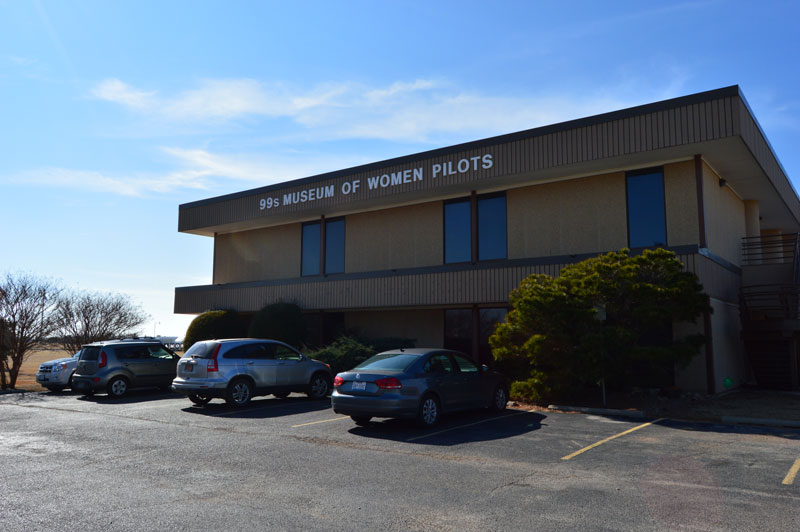
The Role of Female Pilots in Aviation History
“It’s a great museum, we kind of tell the history of women in aviation from early on with an emphasis on the 1929 air derby race,” said Neil-Binion. “We had 20 female pilots that took off from Santa Monica and flew to Cleveland Ohio. It was the first transcontinental women’s air race.”
“Twenty women started and fourteen women finished the race,” she said. “The women flew by themselves. They didn’t have anybody on board with them. They kind of served as their own navigators and mechanics and everything because they wanted to show that women could do all of these things.”
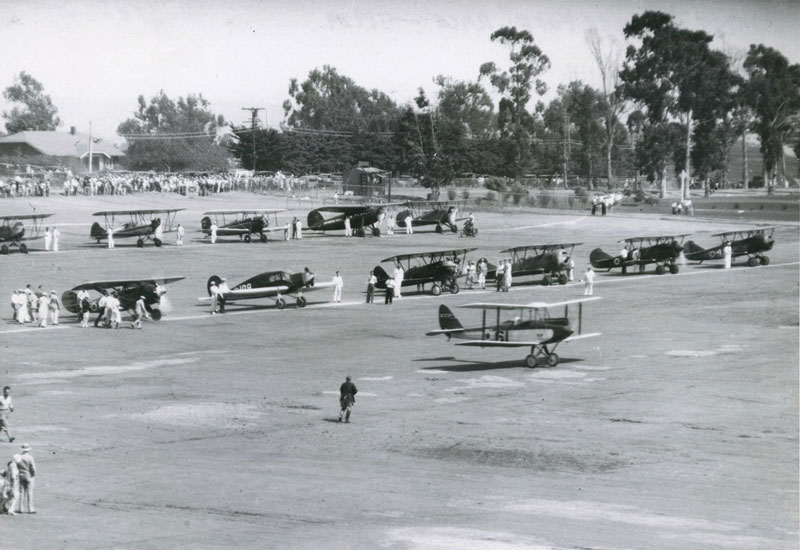
There was talk amongst the women that there may have been men that sabotaged their planes along the way, which didn’t surprise me. “They didn’t think other women that were trying to beat them were sabotaging them,” said Neil-Binion, “they thought men who didn’t think they should fly were doing something to them.”
Women at this time were expected to wear skirts and big hats, per the standard fashion of that time; but being female pilots, they also had to, “navigate how to get in and out of an open-cockpit plane while still looking lady like,” laughed Neil-Binion. “They were ladies through and through — but also adventurous gals.”
“Amelia Earhart was in the [air derby] and came in 3rd,” said Neil-Binion. “[But] she brought a lot of notoriety to the race. The women made quite a little splash by doing this in 1929.”
It wasn’t surprising to me that Earhart gained quite a bit of notoriety by being in the race – she was a leader in public relations and advertising at that time — but I was also interested in the 19 other ladies that made a splash during the race.

Louise Thaden was the winner of the race. “[She] had just started flying about a year before. She worked for Beech Aircraft in Wichita, KS and part of her pay package was flight lessons.”
“[The air derby] was the subsequent reason for forming the 99’s International Organization of Women pilots, what it’s known as now, which also formed in 1929,” added Neil-Binion.
The museum also features female aviation history dating back to 1911 when Harriet Quimby became the first woman to get her license. Quimby and Matilde Moisant learned how to fly from Moisant’s husband, “It’s 1911, 9 years before women can vote and they’re off flying about,” laughed Neil-Binion. “[Quimby] was really quite fabulous,” she added.

Neil-Binion was particularly fond of Quimby because she was also a journalist, which is something Neil-Binion dabbles in. She caught my eye as well because of her journalistic hobby. Quimby used her journalism hobby to be quite the role model. She promoted women making careers in aviation — a revolutionary idea for that time. She was somewhat of a celebrity for that time, using national publications to promote her love for aviation. She is mainly famous for flying across the English Channel but died shortly afterward in a plane crash – the early days of aviation were quite dangerous.
Amelia Earhart
When people think of women that paved the way in aviation, the first aviator that comes to mind is Amelia Earhart. She opened the door for other women to be both feminine and a pilot. She was able to market herself and her flying in order to pay for her travels and set many records. She was the first female passenger to fly across the Atlantic Ocean and then just a few years later the first woman to fly solo across the same ocean. Earhart, being the pioneer that she was, gained an entire wall in the museum dedicated to her career as a pilot and her achievements along the way.
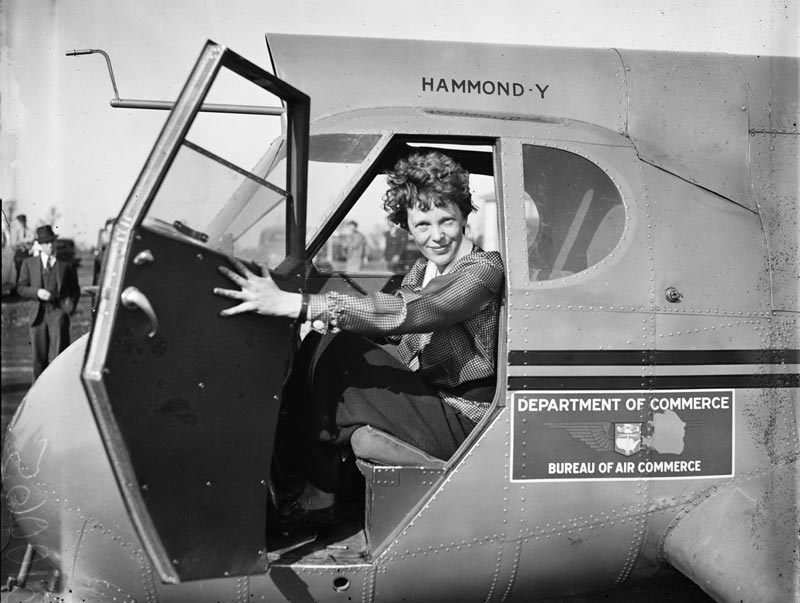
Earhart was an interesting aviator, according to Neil-Binion, because she had many endorsements. “[She] was like a celebrity. That kind of thing hadn’t happened before for a woman. She had her own line of Amelia Earhart luggage. She endorsed cars and motor oils, you name it.”
 “We have a long timeline of Amelia’s career,” she said. “I think one of her more interesting flights is her 1935 flight from Honolulu to Oakland. She wasn’t just the first woman to do that; she was the first person to do that. It was a pretty important flight. It kind of gets squished between her flight across the Atlantic and her around the world flight.”
“We have a long timeline of Amelia’s career,” she said. “I think one of her more interesting flights is her 1935 flight from Honolulu to Oakland. She wasn’t just the first woman to do that; she was the first person to do that. It was a pretty important flight. It kind of gets squished between her flight across the Atlantic and her around the world flight.”
“By the time Amelia disappeared in 1937, aviation has really come a long way,” added Neil-Binion.
World War II and the WASPs
“[Earhart’s] accomplishments in the air and the things that the 99’s were doing were really pretty instrumental in World War II and when women pilots started flying in the programs that eventually became the Women Air Service Pilots (WASP),” said Neil-Binion. “They were amazing women.”

Director of the WASP and president for the Ninety-Nines, Jackie Cochran led the way for female pilots in WWII. “She was a really great, accomplished pilot,” said Neil-Binion.
The WASP were a group of more than 1000 women that left their homes in the height of WWII to assist with the war effort. They mainly ferried planes within the United States for the war effort; they were prohibited from combat missions. “They were women that did an amazing amount of work for WWII and just flew millions of miles… they had a tremendous record,” said Neil-Binion. “When the program shut down they basically sealed the records and people didn’t really know much about them.”
The WASP were not recognized for their service to their country until many years later. If a WASP died in service, their families didn’t receive anything, not a flag, not a medal, nothing. It was as if they weren’t serving their country at all. “It took them until the 70’s before they got veteran status,” said Neil-Binion.
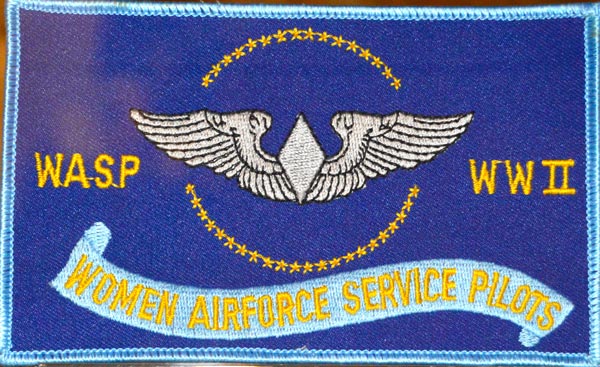 I listened to a keynote speech of a WASP veteran at the Women in Aviation Conference last year, where she brought the crowd to tears with her riveting speech of her and her sisters’ bravery, courage, and dedication to their country. These women fought for their country and then had to turn around and fight for many years to gain the same rewards the men they worked alongside received without question.
I listened to a keynote speech of a WASP veteran at the Women in Aviation Conference last year, where she brought the crowd to tears with her riveting speech of her and her sisters’ bravery, courage, and dedication to their country. These women fought for their country and then had to turn around and fight for many years to gain the same rewards the men they worked alongside received without question.
It wasn’t until 2002 that WASPs were eligible for burial in Arlington National Cemetery. Then in March 2015, that eligibility was revoked by then-Secretary of the Army John McHugh, stating that the WASP were ineligible because Arlington is strictly for Army veterans.
Even if women pilots couldn’t fly in an official capacity, they still helped the war effort. “One thing that the early women did pretty well was they were pretty good at training pilots,” said Neil-Binion, “even as far back as WWI.”
Women in Aviation Today
Even with the barriers of entry in the United States officially removed, there is still a disconnect between the number of men and women involved in aviation. “Less than five percent of commercial aviators are women,” said Neil-Binion. “For whatever reason, women are not flying airlines very often.”
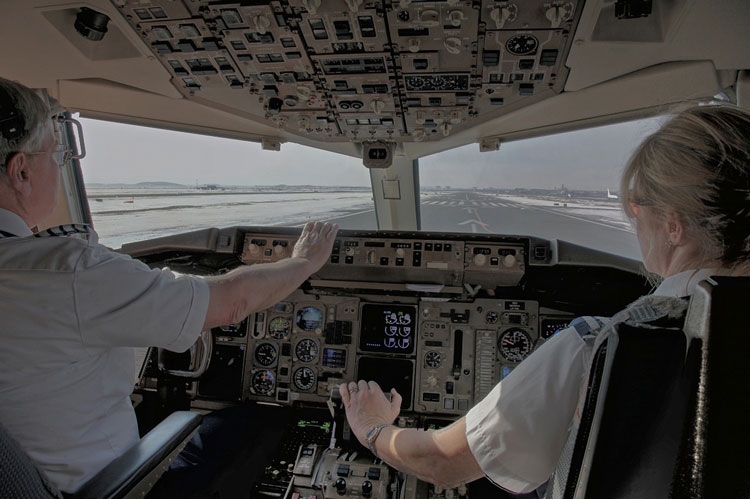
And in other countries, there are the same barriers for women today as there were 50 years ago in the United States. “It’s interesting culturally how different women could or could not cross that barrier in flight,” she said. “Some countries are further behind than others.”
The museum features a wall of when women were able to earn pilot certificates from different countries. England and Canada boast female pilots in 1912 and 1913, respectively while Kuwait doesn’t have their first female pilot until 2005.
Today in the United States, women do not face the same legal barriers to entry as they did 50 years ago, but they do face cultural and psychological barriers to entry. I belong to a few female aviation support groups on Facebook. Every day these ladies share stories of not only coworkers but passengers, line crew and other pilots asking them if they’re flight attendants while they’re wearing their captain uniforms. They also share stories of men asking them how they balance their families with such stringent flying careers – when was the last time you heard a man be asked about his work/family life balance?
Although these comparisons may seem small to the average person, when females receive these little digs one after another day after day, it begins to wear on you – I can personally attest to that.
The Ninety-Nines and Women Pilots
The Ninety-Nines International is an organization of women pilots founded in 1929 after the first air derby race. “Immediately after the [air derby] race, the 20 women that participated got together and said ‘you know we ought to get an organization together to promote women in aviation,’” said Neil-Binion. “They sent out letters to the 117 women that had pilot licenses.”
“They didn’t know what they wanted to call themselves but thought, ‘well however many women we get, that’s what we’ll call ourselves,’” she said. “They were the 86ers and the 97ers and eventually stopped at the Ninety-Nines. Amelia served as the first president very briefly. She had other things that she had going on so she kind of stepped aside, other pilots that were involved from early on stepped in and got involved.”
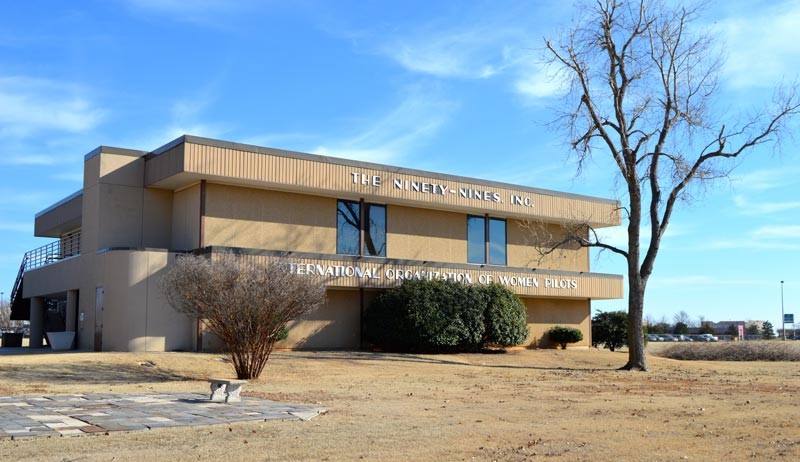
The Ninety-Nines is still an organization today, boasting membership in the thousands from over 36 countries. They offer scholarships annually for flight training, type ratings and academic support. The organization also supports the introduction of young females into the aviation industry through airport tours, workshops and a sponsorship program through the Girl Scouts of America.
The Ninety-Nines has local chapters that assist with fear-of-flying clinics, compass rose paintings on airfields, FAA pilot safety programs, and assistance with National Intercollegiate Flying Association’s student flying competitions.
The Ninety-Nines hold a special place in my heart. I was a member for five years and I’ve even held executive positions in a collegiate chapter at my university. However, I decided last year to not renew my membership because I was no longer actively involved in a chapter.
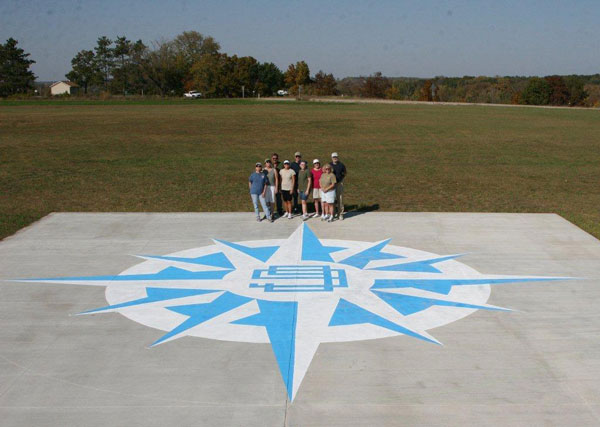 During my time as a 99, I helped paint a compass rose, helped with Women in Aviation days, went flying with fellow 99’s, and made many friends that have been alongside me every step of the way. My chapter helped me with my private pilot written exam, wrote letters of recommendation and proofread essays for college applications and even rooted me along during my FAA air traffic control training in Oklahoma City this past summer.
During my time as a 99, I helped paint a compass rose, helped with Women in Aviation days, went flying with fellow 99’s, and made many friends that have been alongside me every step of the way. My chapter helped me with my private pilot written exam, wrote letters of recommendation and proofread essays for college applications and even rooted me along during my FAA air traffic control training in Oklahoma City this past summer.
I was a semi-finalist for both an Amelia Earhart Memorial Scholarship and a local chapter scholarship last year. I watched a few fellow 99’s win scholarships, both nationally and locally. I think the 99’s do a really good job with funding scholarships and setting up mentorship programs for pilots, but I cannot deny the lack of support I received when I decided to pursue air traffic control instead of becoming a professional pilot.
I noticed recruitment of young members was almost nonexistent; I think recruitment of young female pilots is imperative to the future of the Ninety-Nines and retaining the history of women in aviation – both young women (elementary and middle school) and those working towards their career in aviation (college age and beyond). Getting young women interested in aviation and making it affordable to be in a powerful organization like the Ninety-Nines is important to the future of female pilots and preserving the history of women in aviation.
My time as a board member of a collegiate chapter taught me that restricting the membership to such a specific group of people can be detrimental to the number of people in your organization, especially at a local level. Even having enough people in our chapter for an executive board every semester proved to be a challenge.
I cannot deny that I watched many women have to make the financial choice to join either the Ninety-Nines or Women in Aviation. Requirements to become a Ninety-Nine are more stringent – you must hold a student pilot certificate or greater and be a woman. WAI allows anyone interested in supporting females in the industry, including men, to join – regardless of if they’re a pilot or not. Many of my peers found that Women in Aviation was better for networking and offered a wider variety of scholarships that were open to more applicants than the Ninety-Nines did.
My Story as a Female in Aviation
For anyone that’s followed my aviation journey on my blog, knows that I absolutely love this industry. It’s been the center of my life since I started flying with my dad at 10 years old. I try to encompass the highlights and the “wins” that I have throughout my journey, but I cannot deny that there have been times where I have questioned my decision to be a woman in this male-dominated industry.
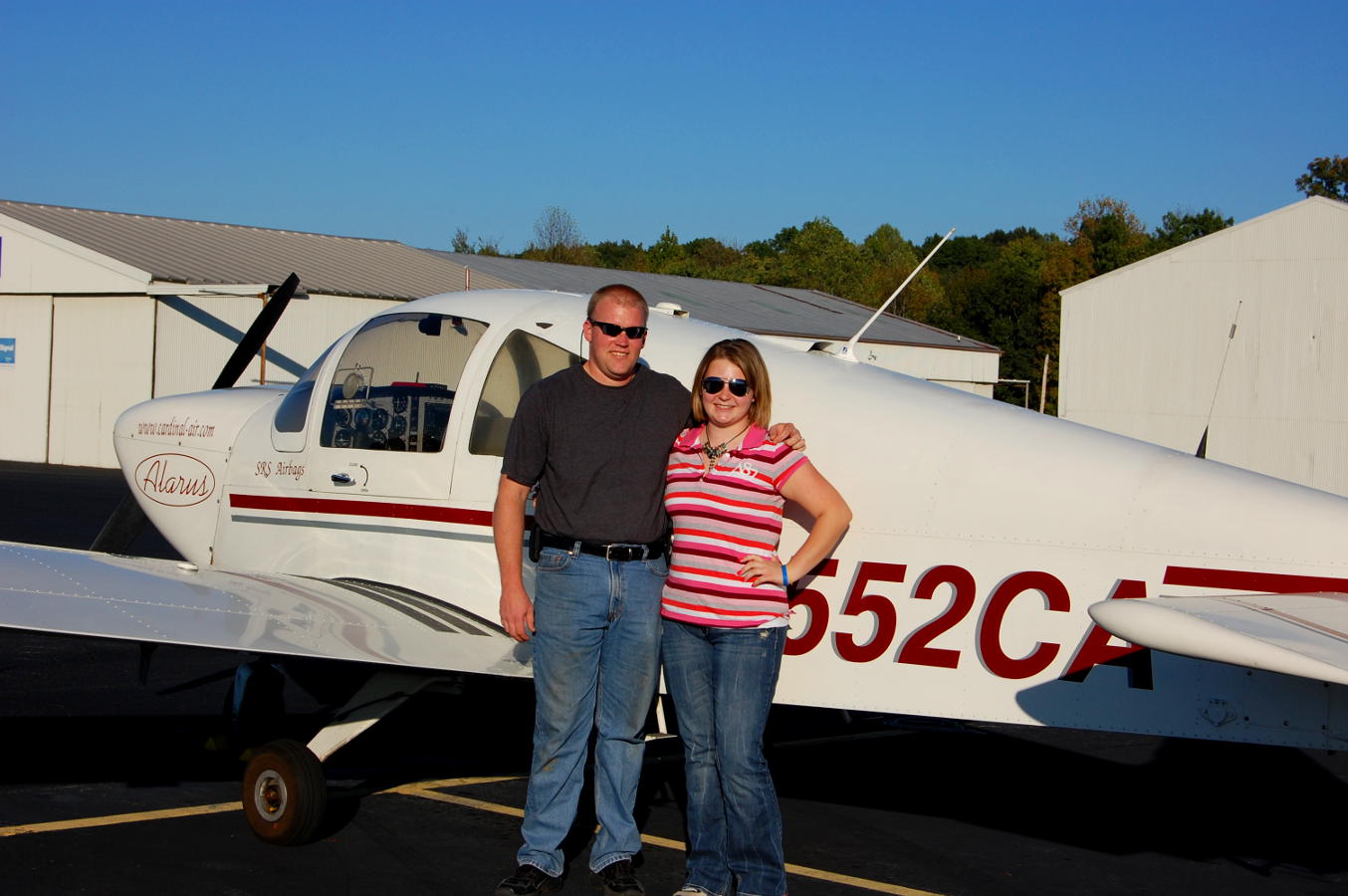
My first experience with gender imbalance occurred right after I began flying lessons. I had already been flying alongside my dad in his Beech Sundowner for a few years and recently started flying with my instructor once a week. My dad thought it would be a good idea to check out what the Civil Air Patrol in our area. We went to a meeting only to find a group of testosterone-filled boys and a wanna-be army guy on a power trip.
“Now little lady, we really don’t have any girls that fly for the CAP but I can see what we can find for you to do. You’ll have to get a uniform, which you can find at the army surplus store; but I’m not sure if they make them in girls sizes, you’ll have to check,” said the leader of the local CAP group the one any only time he actually talked to me. The rest of the conversation was directed towards my dad.
That was the first and last time I ever attended a CAP meeting.

Flying at my local airport, the airport manager and the receptionist that was always at the desk when I went out to fly were both females. They looked out for me and my instructor was never derogatory towards me because of my gender. He made me pull the airplane out of the hangar and fill it with fuel just like the guys did. He never made me feel stupid for not knowing how an alternator or fuel pump worked, rather he took the opportunity to teach me hands-on. During my training, we did take a trip to the A&P hangar to check out how a spark plug and piston engine worked – but he did that with all of his students.
In college, I remember my first time realizing the vast gender imbalance. I had seen the numbers online – 85% male, but it never really meant anything until I was actually on campus. I was in a dorm common room with a friend. When we walked in, I realized I was the only girl – and there were 11 other people in the room, all males. It was a scary but empowering moment. I realized that I was afforded the same opportunity that the gentleman around me had – because of the work women before me did. It was at that point that I realized that I needed to join a female-oriented organization in order to make female friends and that I needed to encourage more females to join this amazing industry.
Embry-Riddle did an amazing job of encouraging women to come to the university and stay – despite being a minority. The administration encouraged female-led organizations and had Women in Aviation days for local elementary school-aged girls. But I cannot deny that I felt like I had to explain myself every time I told someone I was the president of the Women in Aviation chapter on campus. I received negative comments from men because I received a Woman of Excellence scholarship that the men weren’t eligible for and I was told, on more than one occasion, that I had “RBS” (Riddle Bitch Syndrome) when I politely turned a guy down when he asked me on a date.
Although it can be tough sometimes, men face barriers as well – and I’m not trying to deny those barriers. Only bring up different barriers that women pilots in the industry face.
Final Thoughts
Regardless of the barriers to these organizations and number of female pilots currently in the industry today, it’s vital that women keep encouraging each other to succeed and keep preserving the work that has been done thus far in the industry – all the work that’s preserved in the Ninety-Nines museum today.
It was moving to see all the powerful and successful women in aviation featured in the museum. It was a trip that I will cherish forever. I would encourage everyone to make the Ninety-Nines museum a stop if you’re ever in Oklahoma.
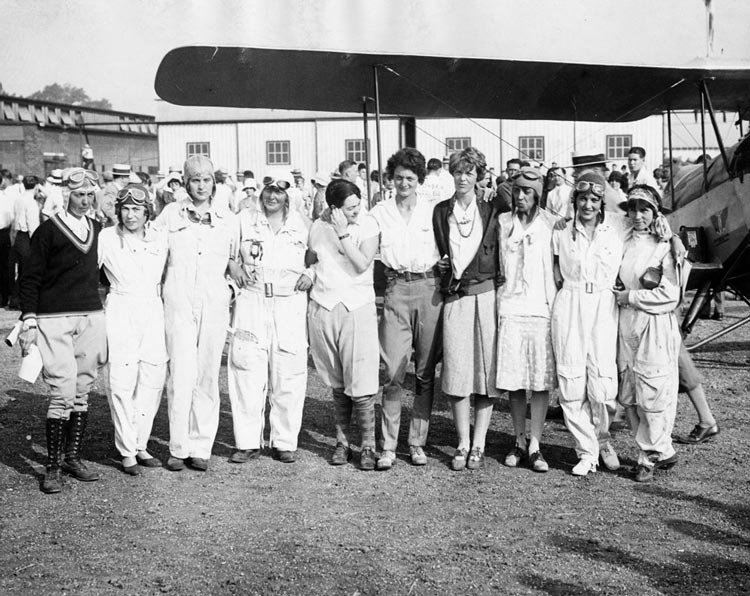
“It’s important for women to continue,” said Neil- Binion, “just as Amelia would say, ‘women have to try harder and do more things…’ It’s not as if everything has been done for women to do and I think that’s really, really important for women to do.”






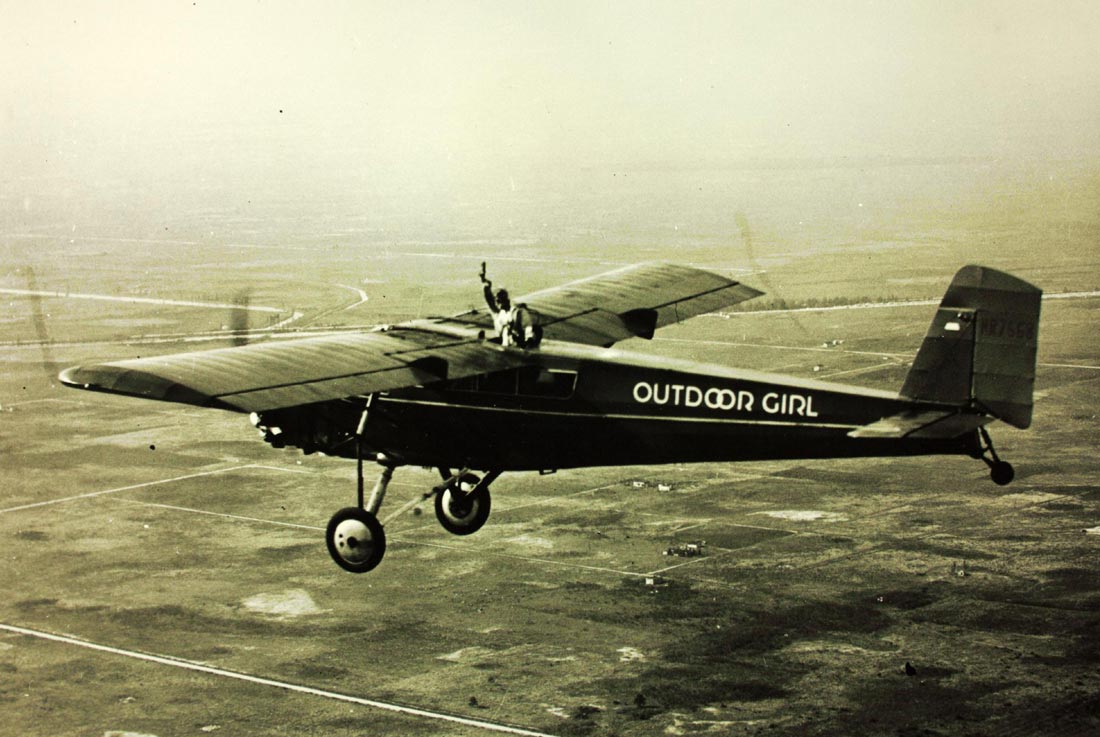






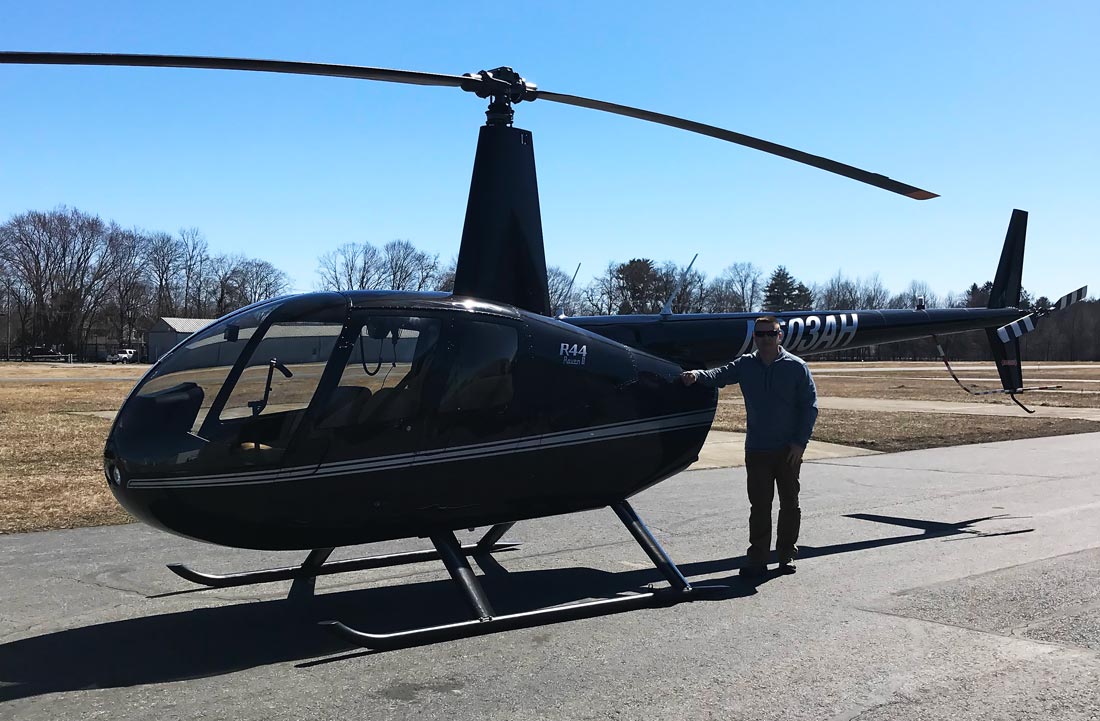

Your article is very interesting. Flying for 47 years I have experienced many positive and negative things. I find it more beneficial to focus on the positive. The Ninety-Nines are not perfect but they are absolutely involved with supporting women pilots. They as an organization and as individuals carry on with great support for women in aviation. Even when I am not involved with a particular chapter, I am committed to continue my membership and support of the Ninety-Nines.